Low tide. bright sunshine and a bracing wind from the west – a perfect morning to walk over the sands to Hilbre in the Dee estuary. Something about the angle of the light at this time of year seems to make the outlines softer and colours warmer. I take pictures and make notes. The novel, the one I’m working on, will open right here.
At the very tip of the island he came upon a ruined lifeboat station made from blocks of local sandstone. Though badly weathered and roofless, he was amused to find inside a near perfect fireplace carved from sandstone. Beyond the ruin was a small causeway jutting out into the sea. He gazed out at the sea, tongues of which were already lapping about his rocky perch. The tide had turned and was beginning to come in. Soon the island would be cut off until the next low tide. To the west was the shoreline of Wales and, beyond that, the hazy outline of Snowdonia. He felt the sun on his back drying the sweaty dampness of his shirt.
Hilbre, it was clear to him from his vantage point, guarded the seaward approach to the River Dee. Her cliffs, layers of weathered red and yellow sandstone came to a point just here. Sitting there, facing the Irish Sea, he felt like he was on the prow of a ship; an old battered ship maybe, but one which had stood proud and determined against all the incoming assaults the sea could throw against it. The sandstone seemed very familiar to him. Familiar not so much because of any previous visit to Hilbre but, it suddenly occurred to him, because this was the local stone was used on so many of Liverpool’s older buildings. In a literal fashion, he mused, the masonic sandstone grounded Liverpool into the bedrock of its bluff along the side of the Mersey.
He was walking along the cliff-top of the eastern edge of the island now. He stopped and faced the water. To his left was Hoylake and, at the very tip of the Wirral peninsula, the Red Rocks. He switched his gaze to the right, tracing the line of sand dunes as far as West Kirby with its marina and the slipway where he had started his walk. But the huge expanse of sand he had walked over was now gone. In its place, but for the odd sandbank, was an expanse of grey water. And clearly the tide was coming in quickly; foamy waves were already lapping at the few remaining stretches of sand. He’d set out too long after low tide and had missed his opportunity to walk back over the sands.

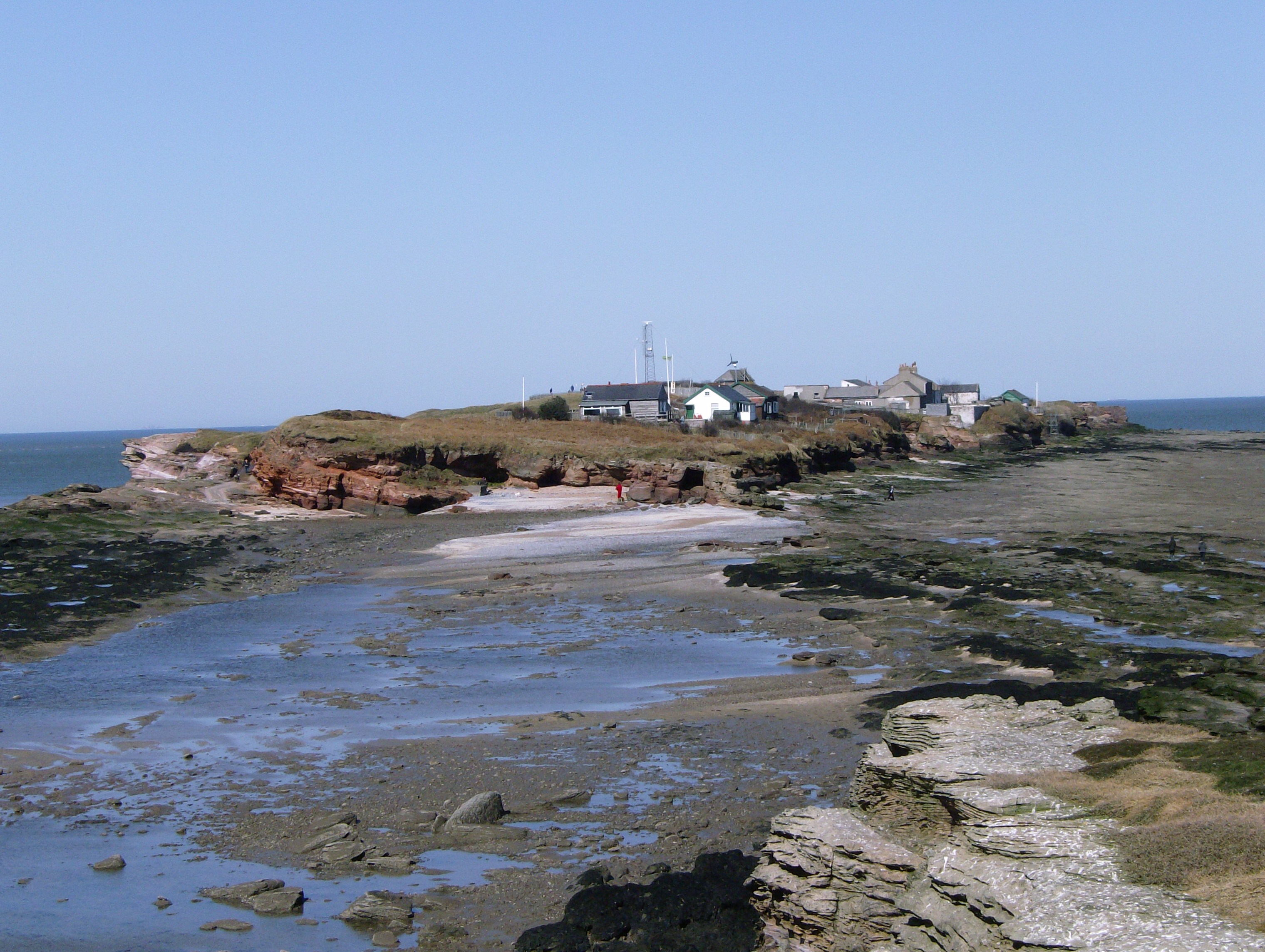

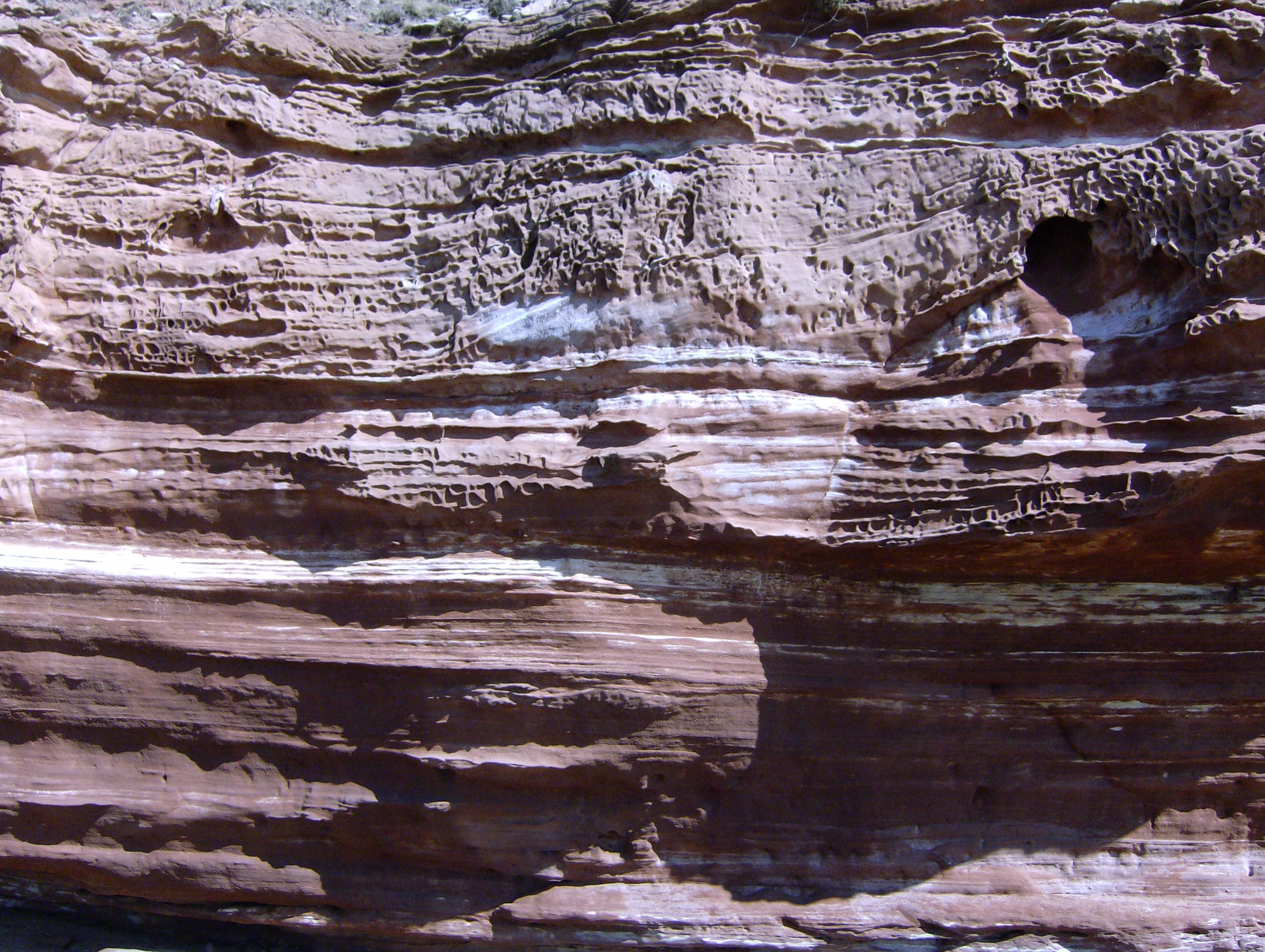
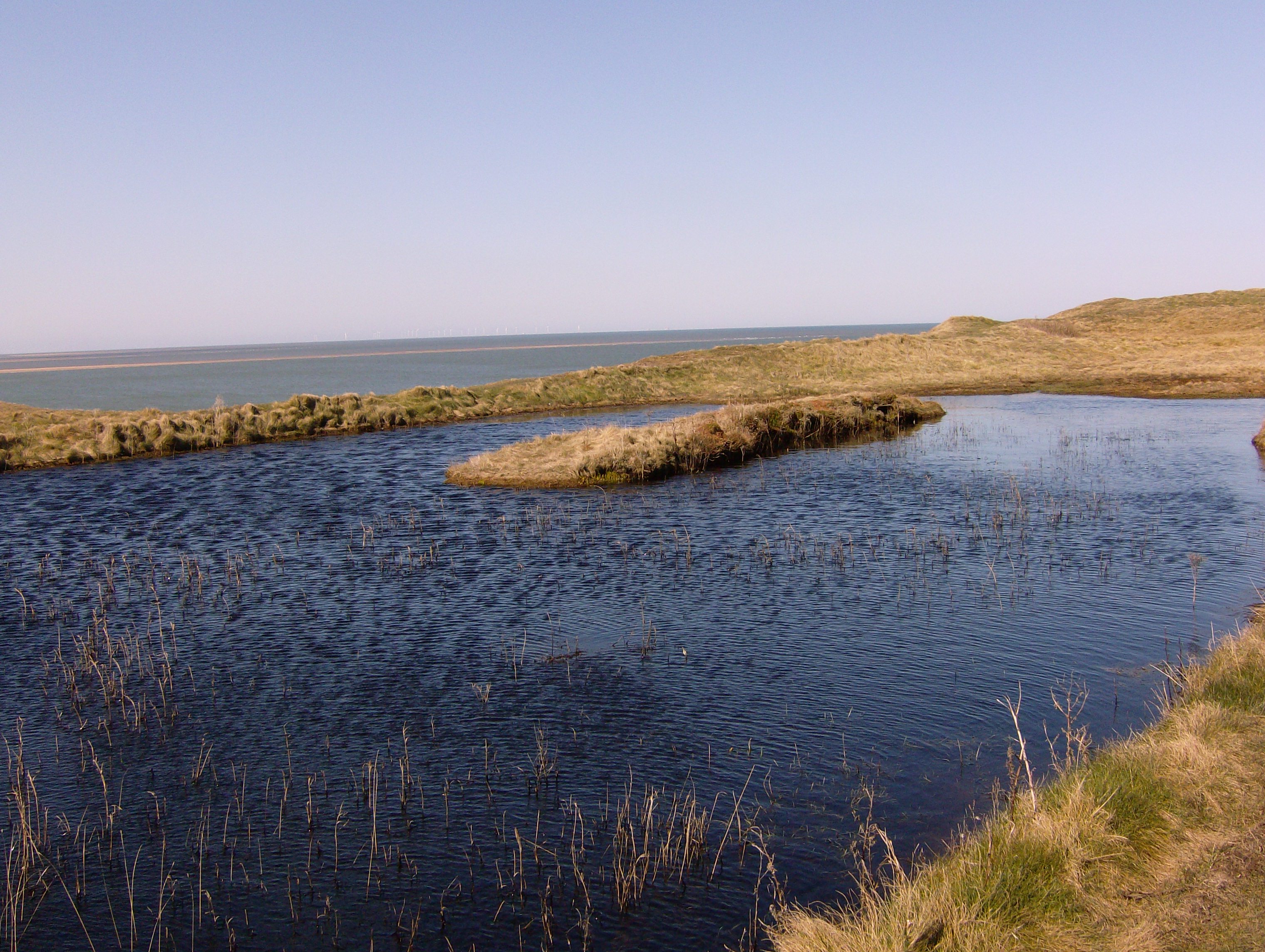
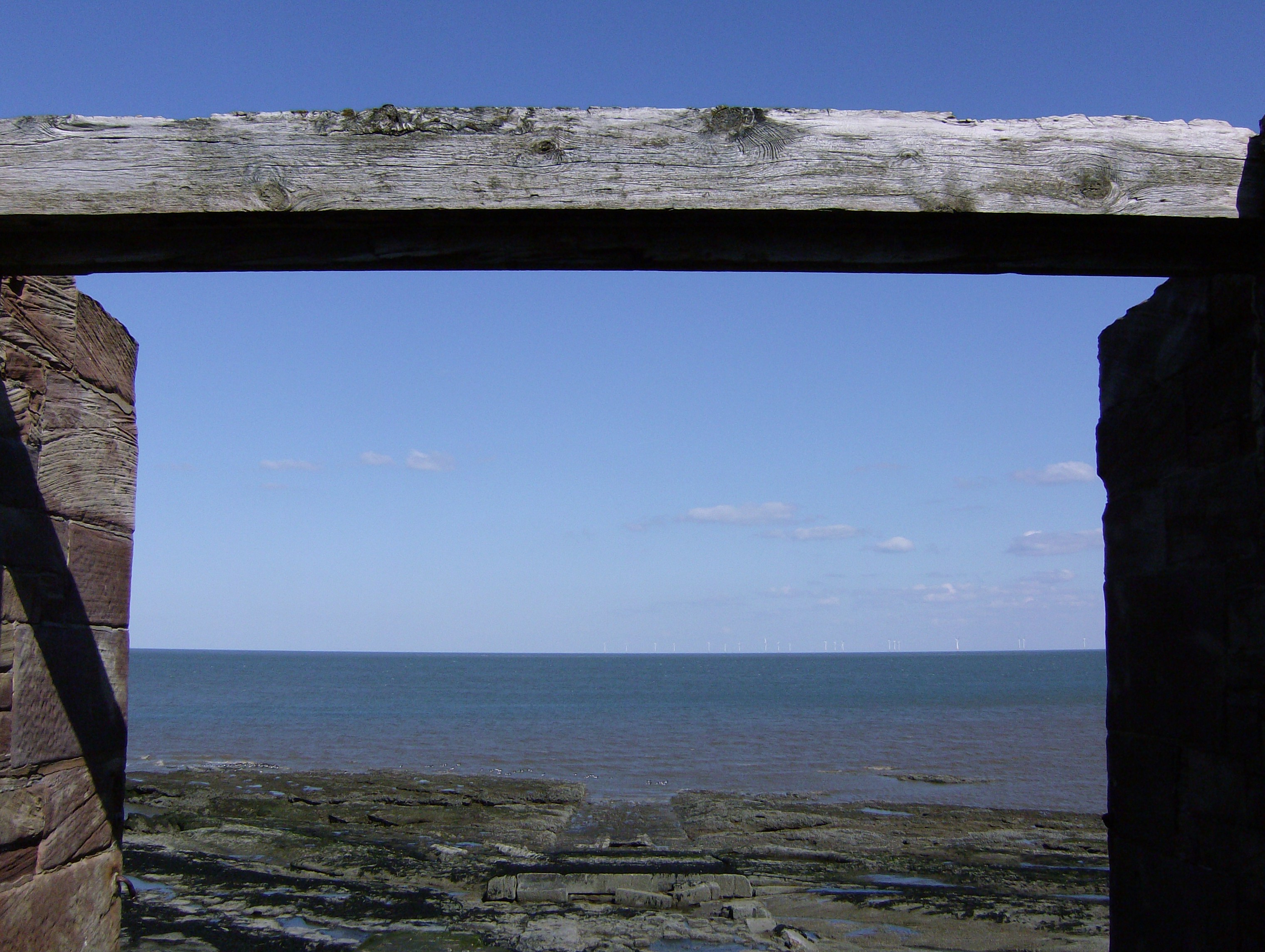
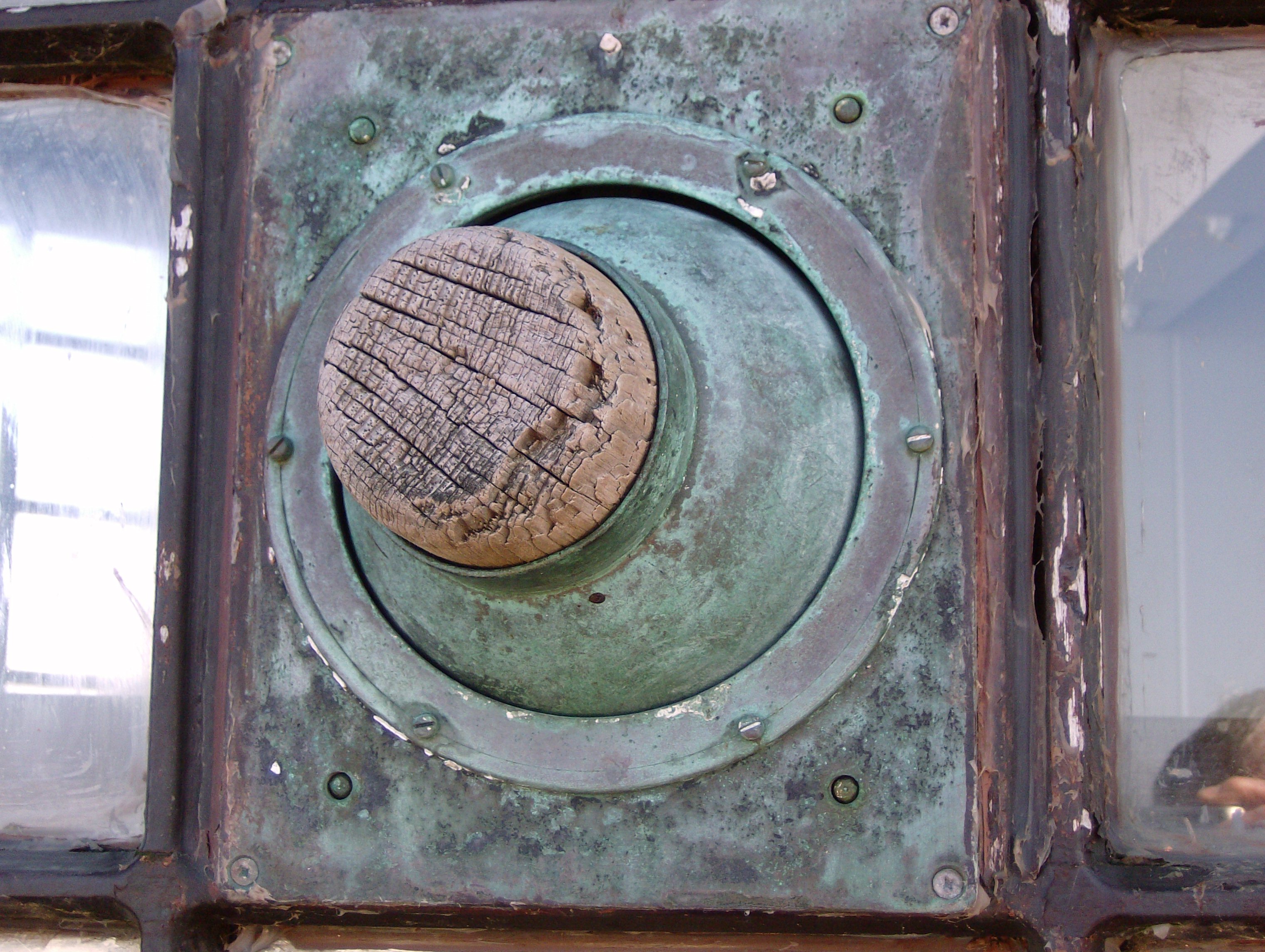
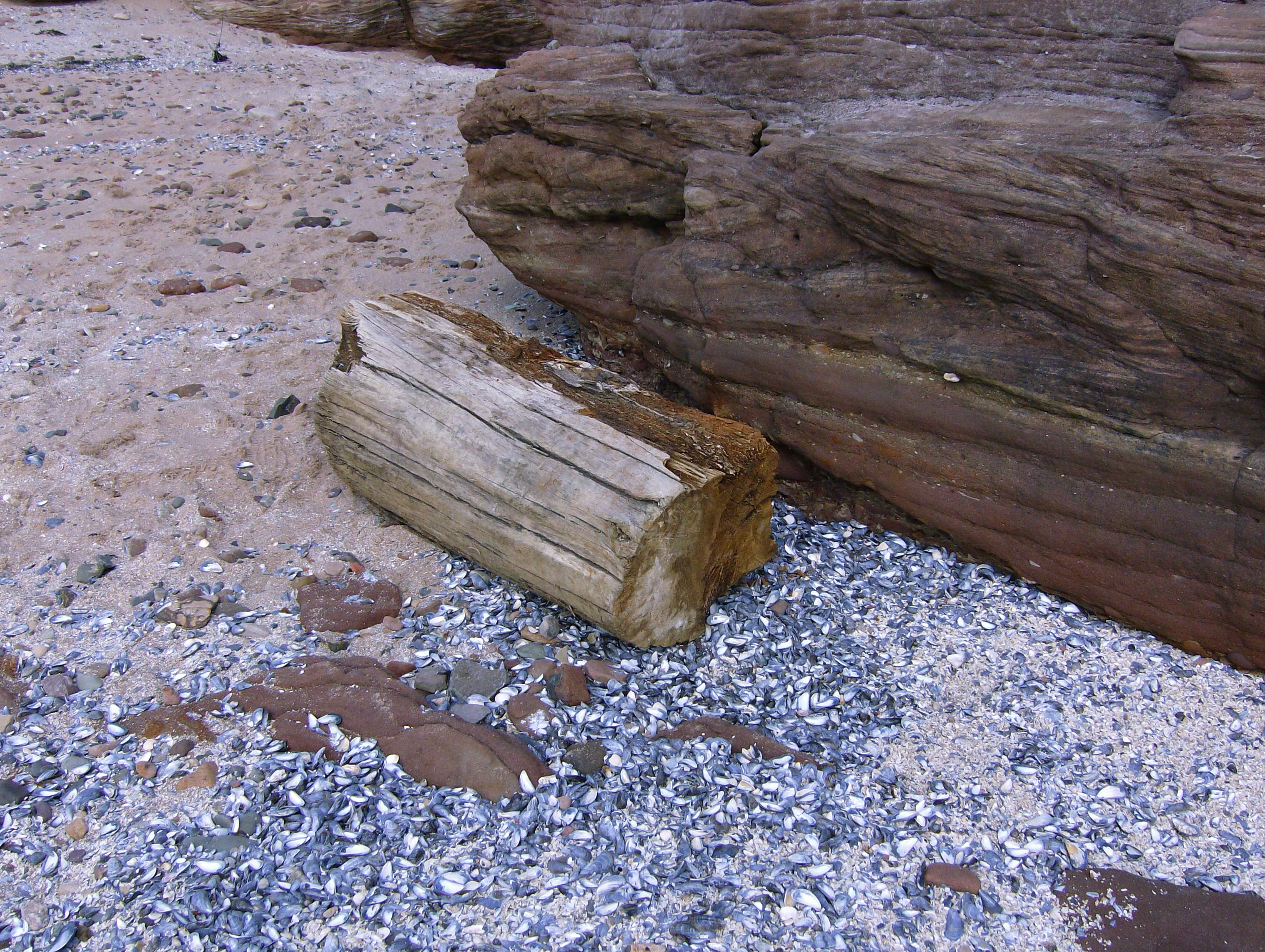
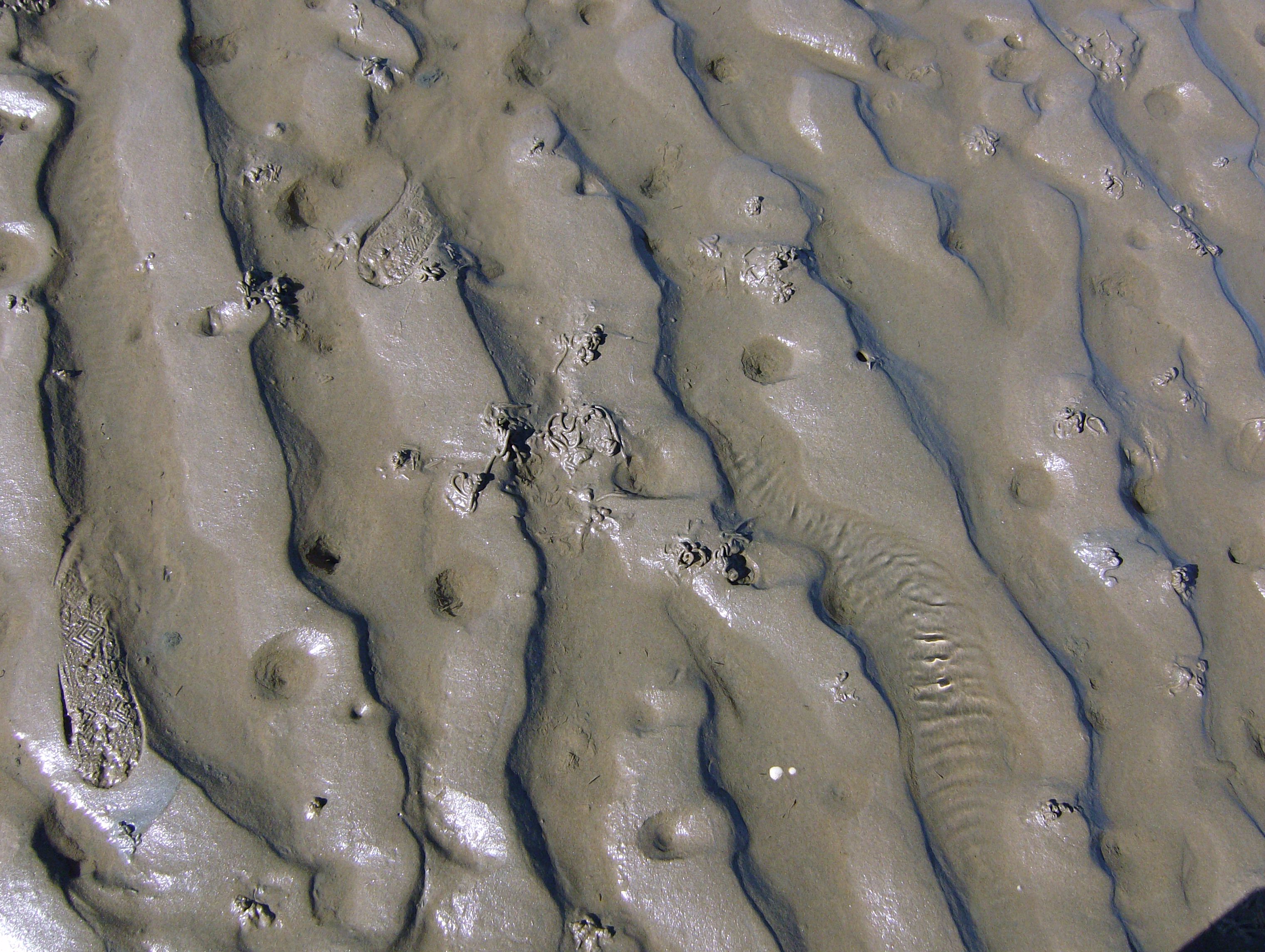
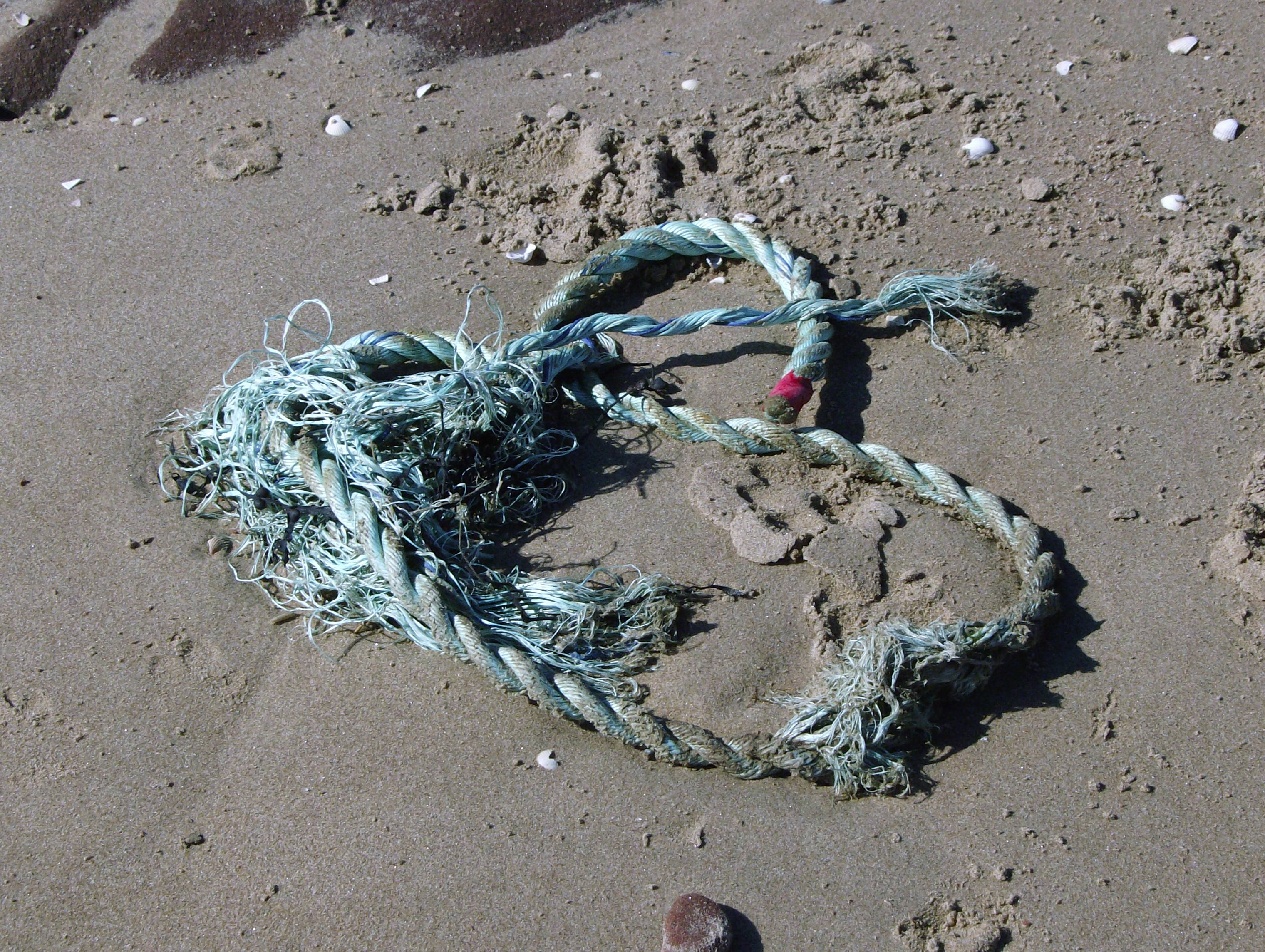
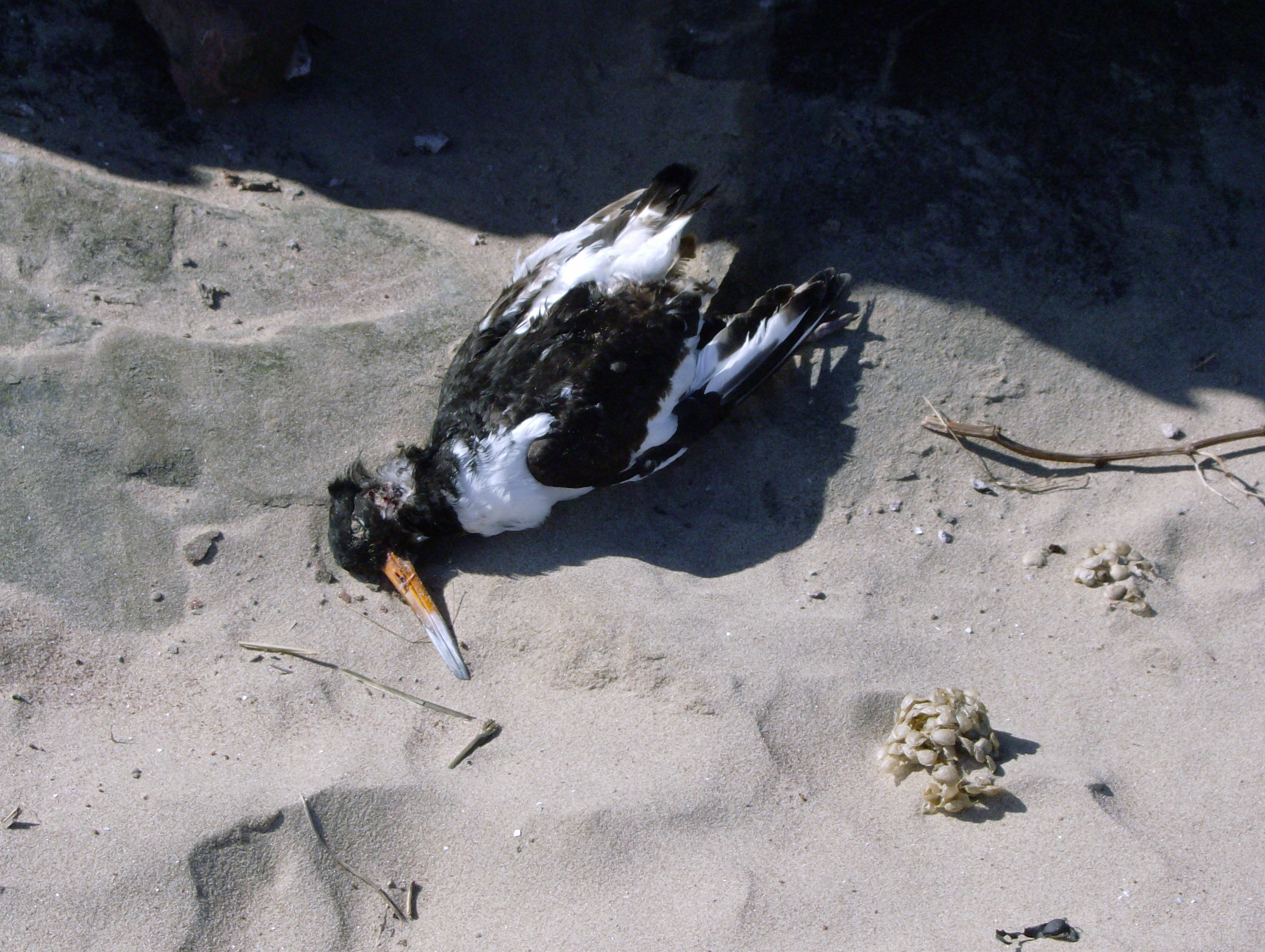
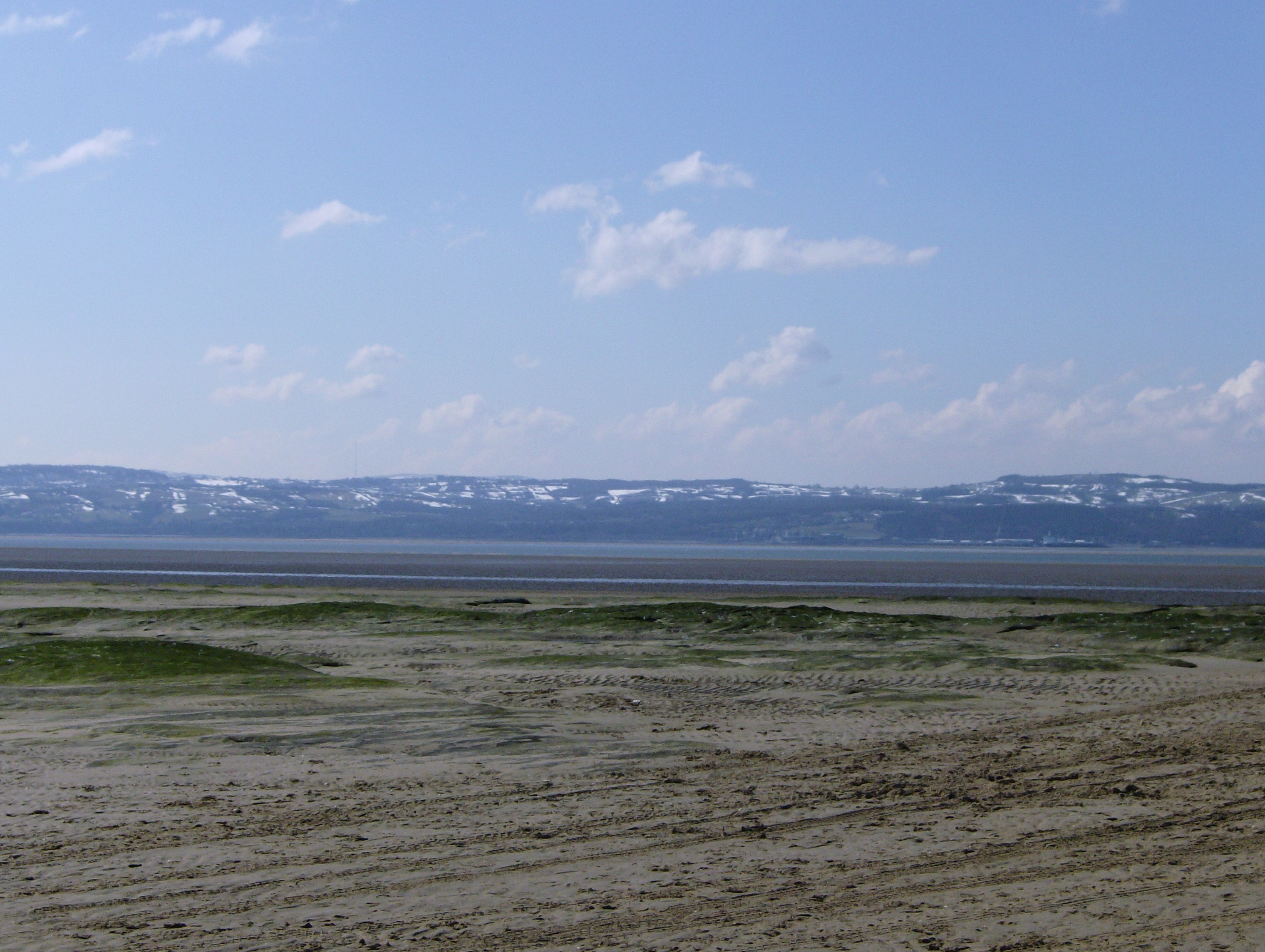
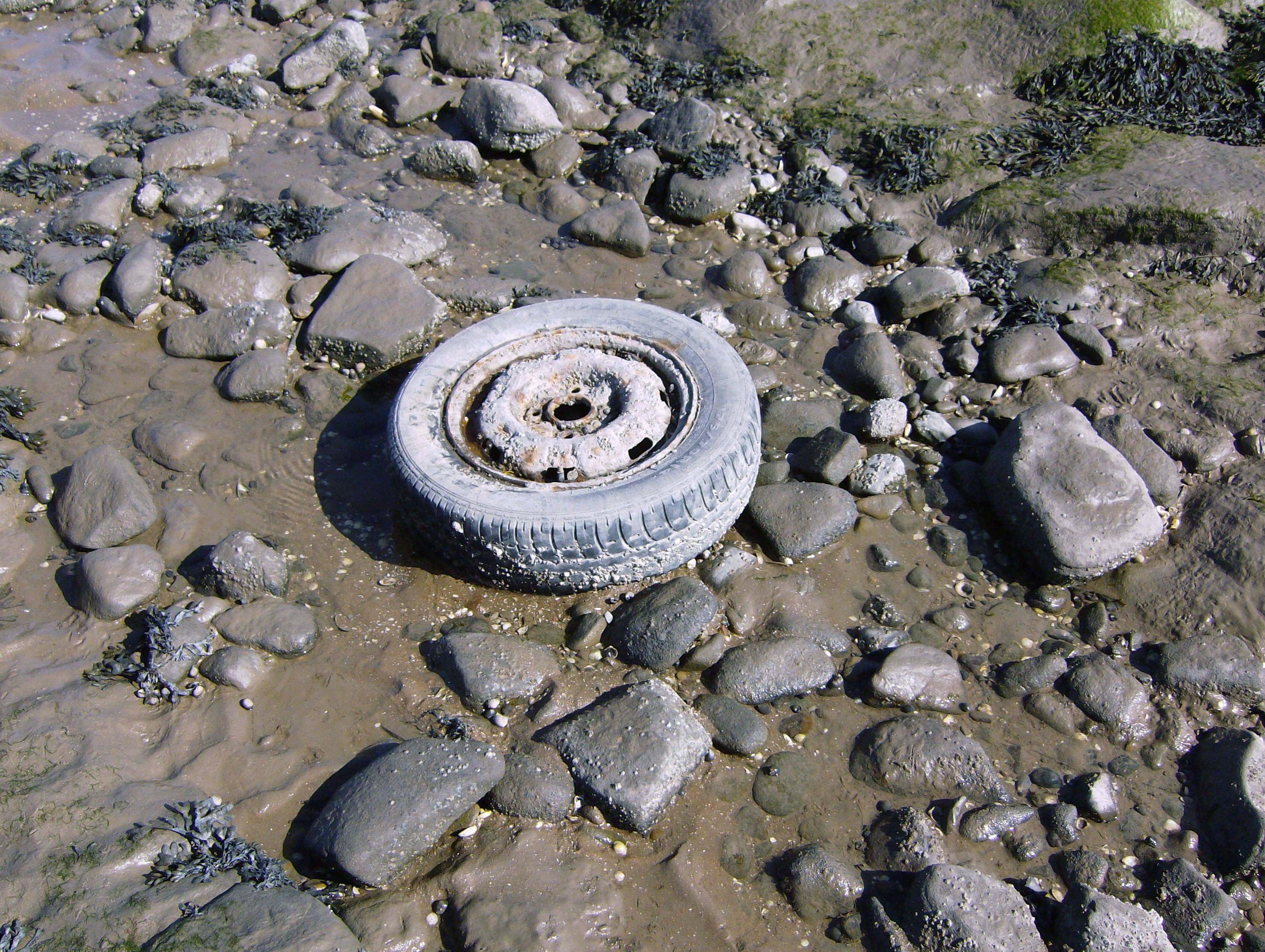
Fascinating photos.
Stunning location for the start of the novel! – I might have been there when I was young as we had an ‘aunt’ who lived in Hoylake and we used to visit from Southport. I seem to have come across a few things about there lately, calling me back obviously.
I think you should answer the ‘call’ Diana! I reckon you won’t be disappointed, just check the tide times first. On Twitter, Robyn Woolston called Hilbre ‘a curious & enchanting ‘space’ …neither here nor there & therefore perfect’. Very apt.
Great post & photos Bobby. Really captures that shifting coastal environment where land and sea are in constant flux. Also reminded me of your Riddles of the Sand post – a similar type landscape?
The Hilbre and Juist analogy hadn’t really occurred to me before, but I’m sure you’re right. They are both tidal environments and, whilst the island of Hilbre is fascinating in itself, the bits in between the island and the mainland, the ones covered by water every day, are even more interesting. Hence the weird rope and tyre pictures! Robert Macfarlane touches on this notion in ‘The Old Ways’ when he walks the Broomway in Essex; there’s something recklessly joyful about walking a landscape that is constantly being reclaimed and renewed by the sea and which is then reborn once again.
An excellent post. It’s funny how such a small place can be packed with so many things to see and discover. I’m a regular haunter of Hilbre as it’s a place that rewards many visits. I can vaguely remember an Irish saying about places where the land and sea are in dispute and neither reaches a resolution. Even the close environs of Hilbre and the two subsidiary islands Middle Hilbre and Little Eye fit into this; in the wilder storms waves break over the island.
Being marooned there by the tide brings the possibility of you being completely alone, being secluded, silent and hermit. Steven Harding’s and others work published in “Viking Wirral” and “Ingimund’s Saga” provide evidence of antiquities and early Christian Crosses that hint of use of the island as a hermitage.
Not much imagination is required to imaging that the Viking Longship that archeologists have discovered interred under the Railway Inn at Meols would have sailed past Hilbre no doubt followed by the very distant relatives of the selkies that bob up nearby and sing those siren songs that drift listlessly on the wind from sandbanks across the Dee Estuary.
There’s scope I think for a gaggle of writers to reflect on Hilbre in a book.